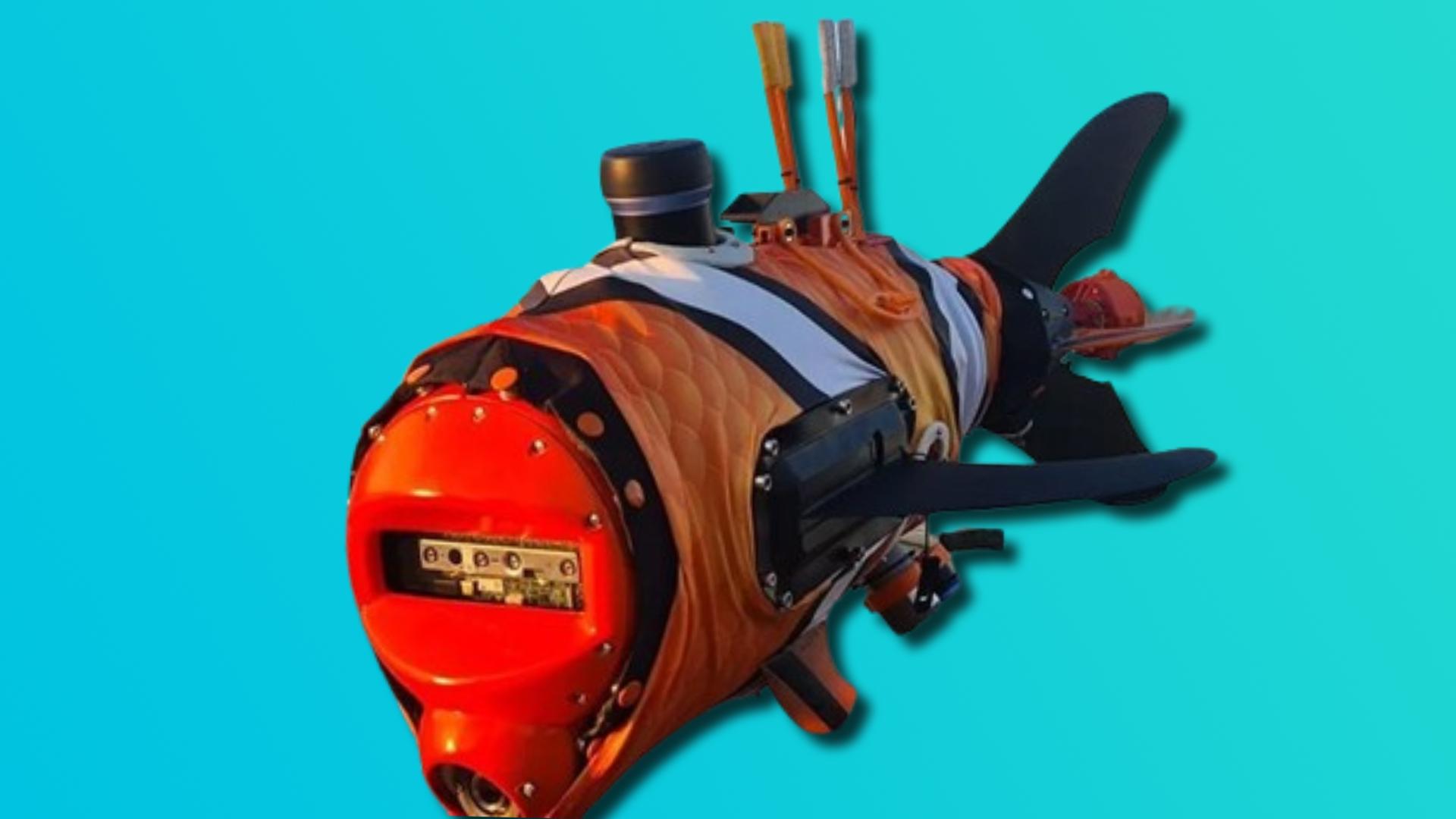'Flying spaghetti monsters' and underwater mountain found off the coast of Chile

A rare "flying spaghetti monster" was spotted!
- Published
A mountain nearly four times as high as the Burj Khalifa, the tallest building in the world, has been discovered off the coast of Chile.
The 1.9 mile (3 km) tall seamount was found in the Pacific Ocean during a 28-day expedition.
The underwater mountains are home to an incredible range of sponge gardens and ancient corals.
It's also where rare species live, including a type of squid that's been filmed for the very first time and another described as a "spaghetti monster"!
More fascinating underwater discoveries
Mysterious 'golden egg' found at the bottom of the sea
- Published8 September 2023
Amazing new 'sea blob' species discovered
- Published1 December 2020
Amazing pictures of 5,000 new species found in the Pacific Ocean
- Published26 May 2023
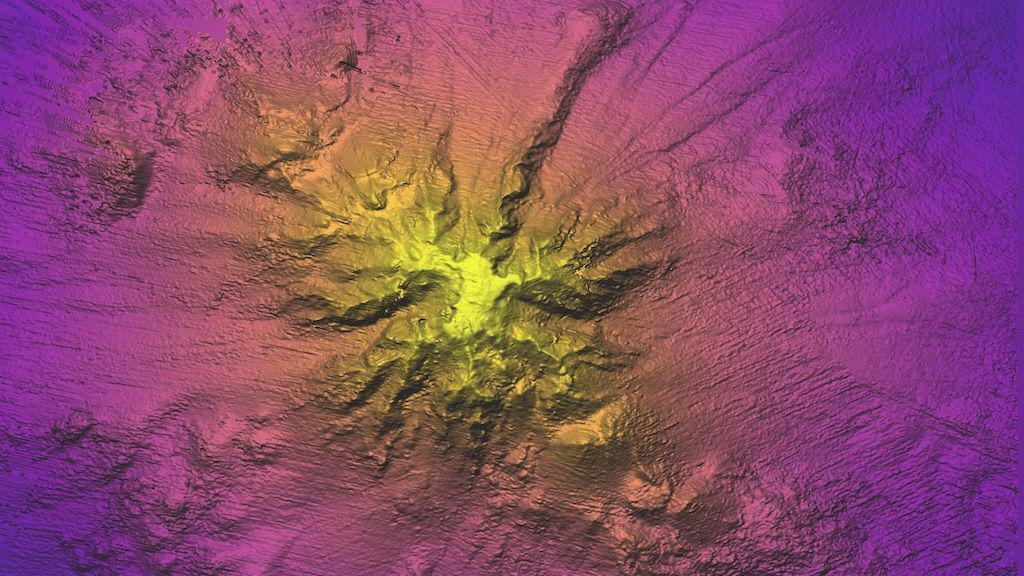
The new underwater mountain has been mapped by oceanographers
How did the team find the underwater mountain?
The seamount discovery is one of many from an expedition to the underwater mountain range called Nazca Ridge. It supports a "thriving" deep-sea ecosystem.
Oceanographers used high resolution mapping as part of their work. This is where detailed maps of the ocean floor are created using sonar technology. Only 26% of the seafloor has been mapped to this level.
They also used an underwater robot to explore one of the mountain ridges. Around 25 seamounts were studied overall.
Amongst the amazing discoveries was a coral garden the size of three tennis courts that provides shelter for underwater creatures.
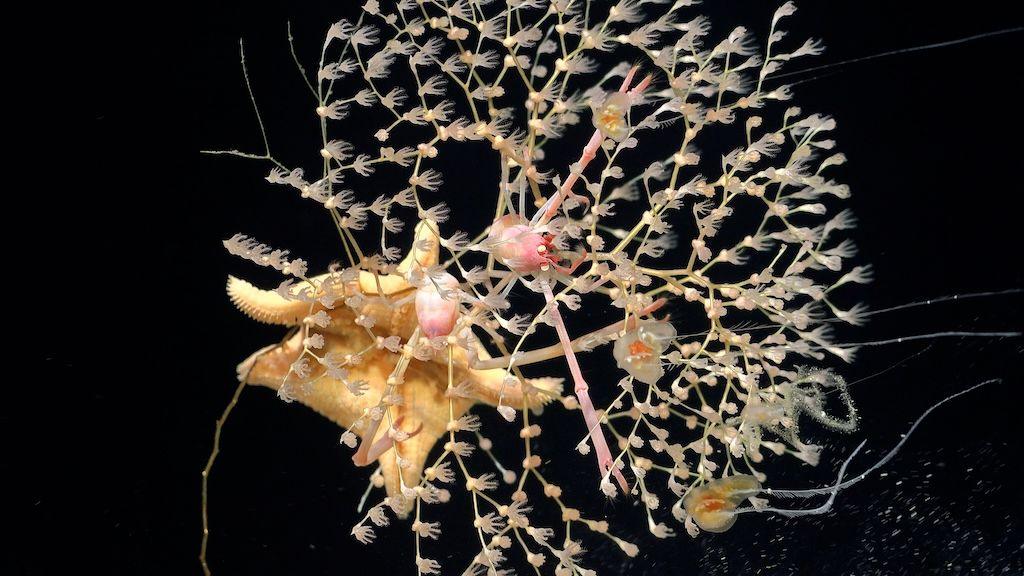
Here we can see golden coral with some lobsters on it
The first camera footage of a live Promachoteuthis squid was also captured. This squid is so rare that until now it has only been studied from a few samples found in nets. Some of which date back to the 1800s.
A Casper octopus was spotted for the first time in the Southern Pacific and the team also saw two Bathyphysa siphonophores, nicknamed "flying spaghetti monsters".

The Promachoteuthis squid has been filmed for the first time
What can we learn from these expeditions?
Two other expeditions in January and February documented more than 150 previously unknown species and animals that were not known to live on the ridge.
An additional 20 suspected new species were collected during this expedition.
It's hoped the data gathered will help safeguard these environments in the future.
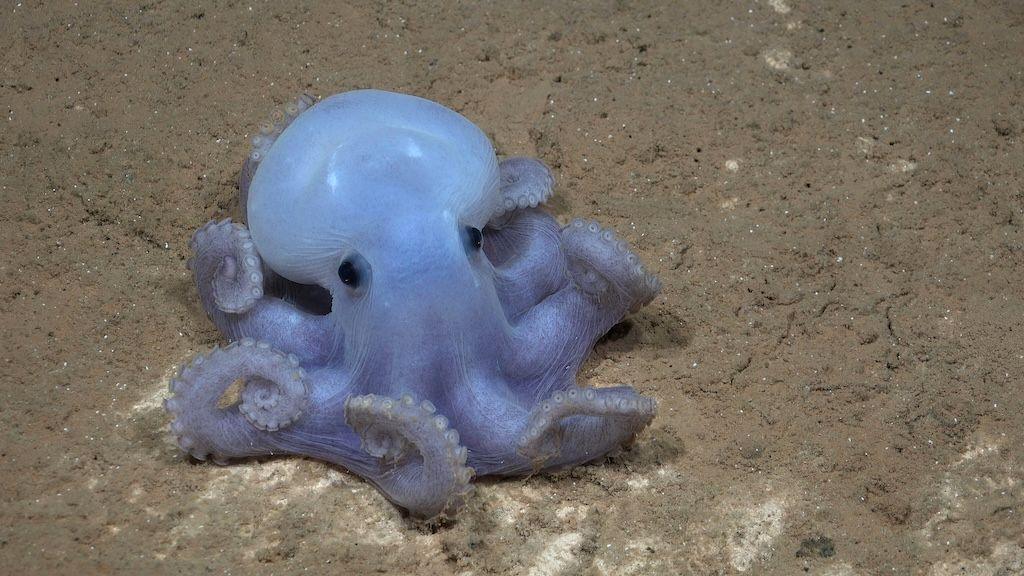
The Casper octopus was seen in the Southern Pacific for the first time
Before the three expeditions this year, 1,019 species were known to live in this portion of the Pacific Ocean. That number is now more than 1,300 and is still growing.
Prof. Alex David Rogers, Science Director of Ocean Census said the work will "significantly enhance our understanding of the lifeforms" on these underwater mountains, "including several that have never before been mapped or seen by human eyes.”
More sea stories
- Published1 March 2024
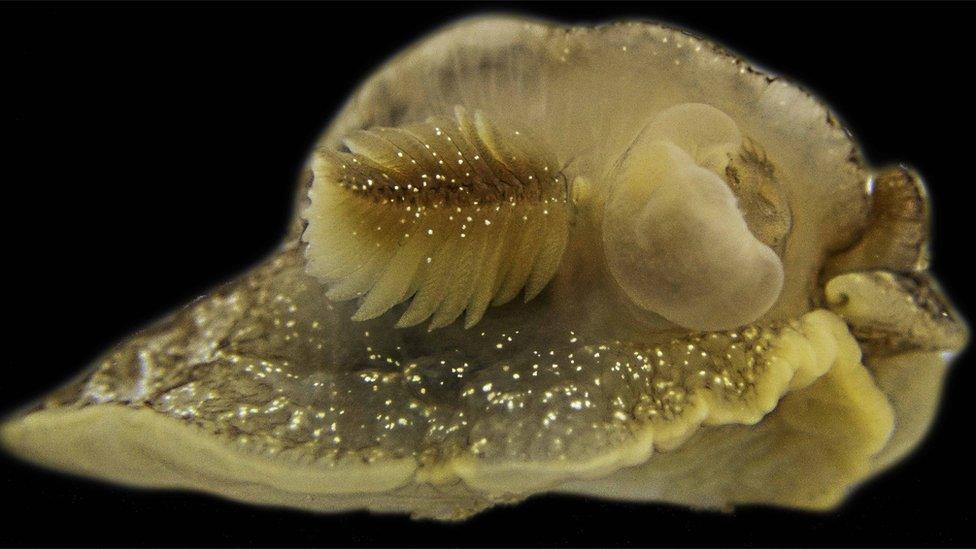
- Published4 August 2023
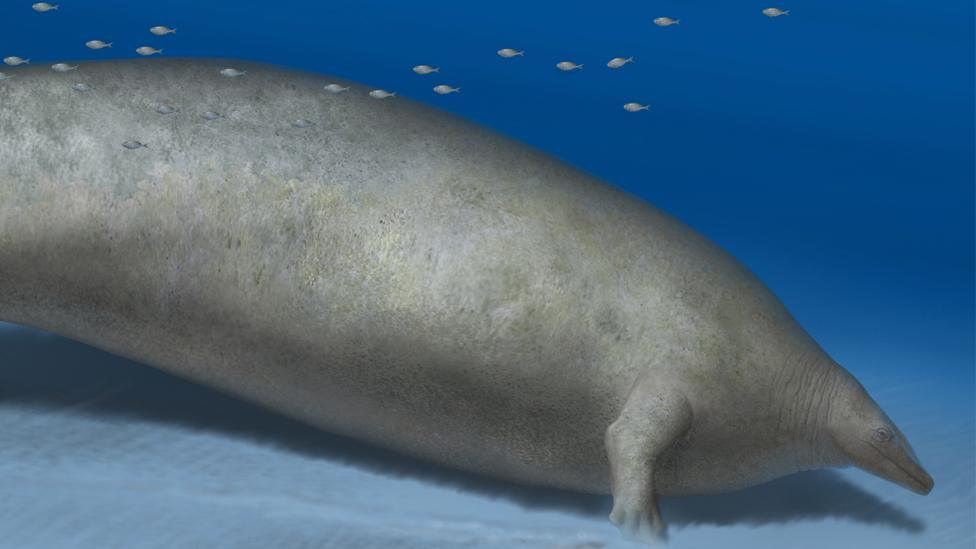
- Published30 April 2024
